
Review on Siemens FS140 Whole House Protection by Sammie Rodriguez

Cadillac of Whole House Surge Protector
Last year I bought a house in Florida with new Samsung equipment and was considering buying a whole house surge protector. The number of storms here doesn't compare to where I moved from in Virginia. Finally bit the bullet after researching and deciding on the whole house surge protector. The highest protection rating for the price, and it can take a few hits, unlike those under $100 that get burned after use. Of course, this isn't a direct lightning strike device, but from my research it will safely dissipate surges from both the supply side and the service side. Big spikes are bad, but small ones that you don't notice over time are just as bad for devices. The device is much larger than I thought. I thought it was about the same size as the metal box you usually see on the outside, but this thing looks like one of those that Hulkal has. It's also very well built and appears to be worth the money. I'm not an electrician but I can easily run wires for new switches and do minor electrical work. If you have no problem opening the switch panel and pulling out the blind front, this is a DIY job. It was a little interesting trying to find a clear answer on how best to install them as it's not very clear, but the consensus I've read is "as close to the main disconnect as possible and as possible before everyone else". and "shorter wires as possible to go to ground. The length of the wires from the device to the breaker/neutral/earth is most important, but the longer they are, the slower (nanoseconds) the device will handle surges. The device has about 3-4 feet of 10 gauge wire and anyone who doesn't do the research will think it's okay to set it up with that if you are actually compromising your protection.Anything under 12" is ideal, but no more than 18 This is mentioned in the installation guide but not specified. I routed the AC compressor switch under these as I only have it on the outside. Everything else runs in from the feed plate. In my setup this is in the highest switch position, so is absolutely the first thing to concern on the supply side.I also set it up so that all hookup wires are less than 4" long. This is more for reassurance and the, as they say Insurance against power surges. You plug it in and it just sits there, waiting to be protected. The lack of any kind of feedback that it does anything when protecting from a surge that doesn't overwhelm it, as well as the price tag, is probably why people don't get it. I see an advantage in one, and combined with high insurance premiums, I'd rather throw away $250 right now and know I'm protected if the surge wipes out my "smart" devices and devices. Others noticed the bright LED. lights up on this unit but I didn't see any pics so I attached my rig which shows this at night. They are definitely bright. Overall, I'm happy to know that my whole house is now protected!
- 10 year old product and associated equipment
- Available in white only
New products
Comments (0)
Top products in ⚡️ Surge Protectors
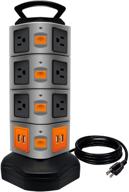
Power Strip Tower with 14 Outlets, 4 USB Slots, and 6ft Cord - Universal Charging Station by Lovin Product (1-Pack)

11 Review
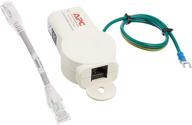
🌩️ APC Ethernet Surge Protector for 10/100/1000 Base-T Ethernet lines with ProtectNet (PNET1GB)

11 Review
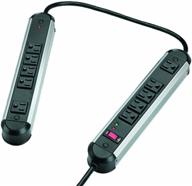
Fellowes 10-Outlet Metal Split Surge Protector - 1,250 Joules, 6ft Cord in Black and Silver

12 Review
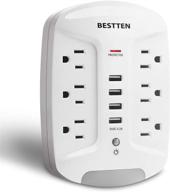
BESTTEN Wall Outlet USB Charger: Surge Protector with LED Night Light, 4 USB Ports, 6 AC Outlets - ETL Listed, White

12 Review
Another interesting products

Extender Xiaomi Mi Power Strip 6 CXB6-1QM NRB4025CN, 6 outlets, 10A / 2500 W white 1.8 m

27 Review
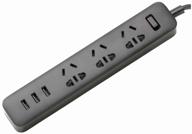
Extender Xiaomi Mi Power Strip 3, XMCXB01QM, 3 sockets, 10A / 2500 W black 1.8 m

20 Review
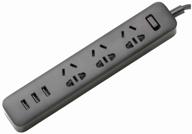
Xiaomi Power Strip Surge Protector 3 Sockets 3 USB Black

26 Review

Extender Xiaomi Mi Power Strip 3, XMCXB01QM, 3 sockets, 10A / 2500 W white 1.8 m

26 Review

